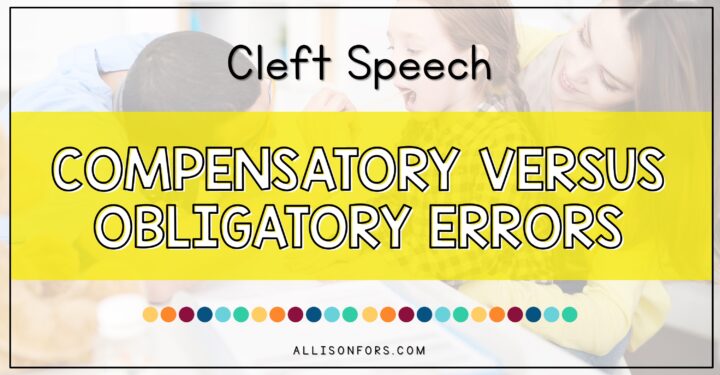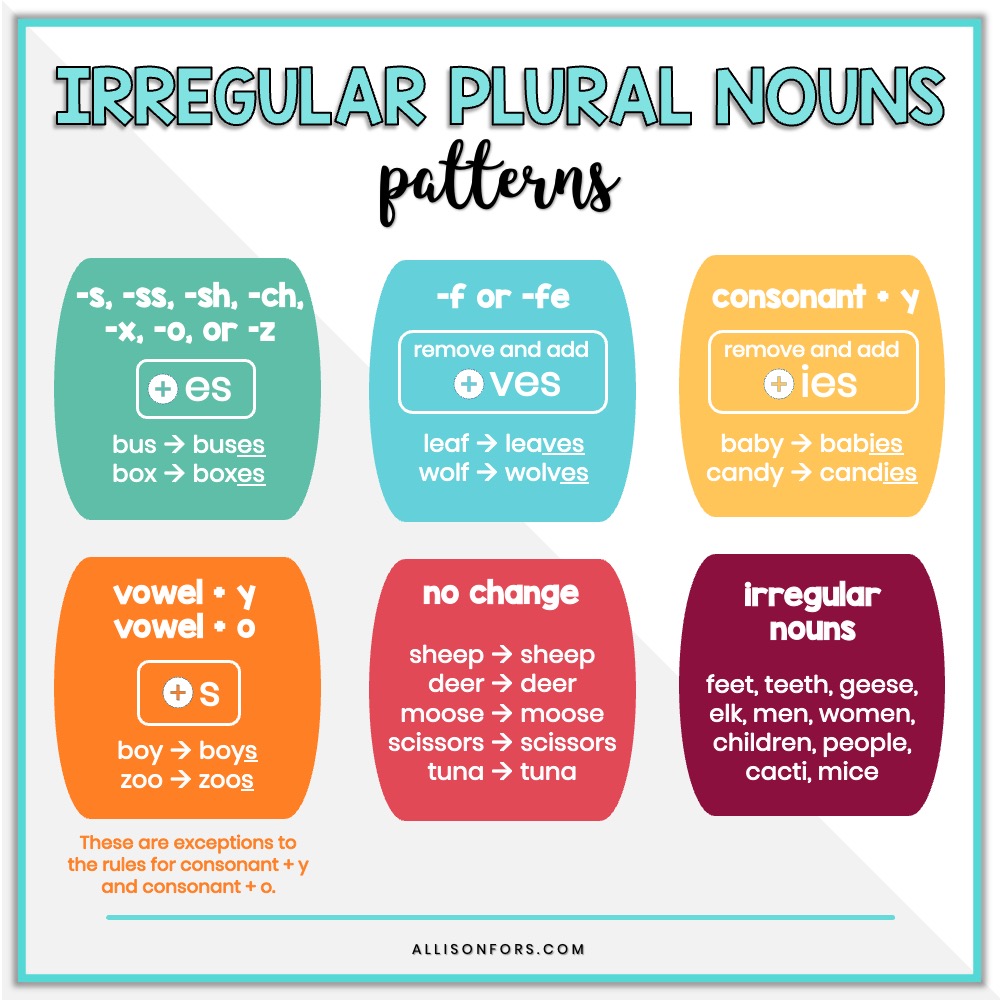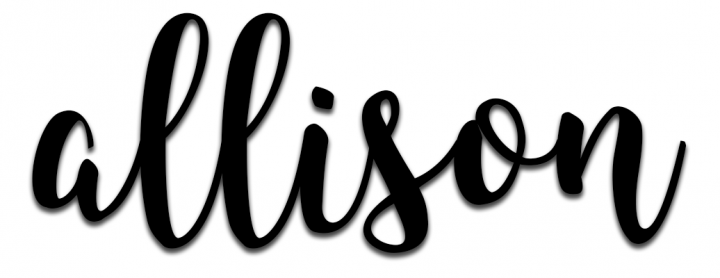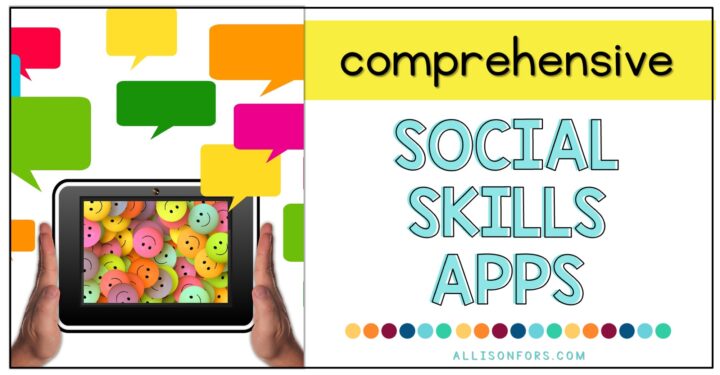
A Better Way to Teach Irregular Plurals

It’s easy to begin teaching specific grammar rules at random. Ever pull together a list of plurals and start teaching them with no rhyme or reason? Yeah, me too. Many grammar rules are hard to teach AND learn because there can be many exceptions to rules – and irregular plurals are precisely this way!
I have found the best way to teach irregular plural nouns is by pattern. One of the best ways to do this is by separating common noun endings that have the same plural form and focus on that grouping before moving on to the next. Teaching in this organized manner allows students to better remember and feel confident learning a group of plurals before moving on to the next pattern.
I also find that it is helpful (especially when first starting out) to focus on the most commonly used plurals in the English language.
IRREGULAR PLURAL NOUNS
Below are the six common irregular plural patterns. Of course not all fit into these, but this is a great place to start to help remember and learn different plurals. Note: These aren’t listed in any particular order.
- If the noun ends in ‑s, -ss, -sh, -ch, -x, -o, –z, add –es.
buses, kisses, dresses, dishes, brushes, watches, peaches, boxes, foxes, tomatoes, heroes, quizzes - If the noun ends in –f or –fe, remove and add -ves.
leaves, scarves, calves, thieves, hooves, shelves, wolves, halves, lives, wives, knives - If the noun ends in a consonant + y, remove and add -ies.
babies, parties, candies, stories, butterflies, countries, cherries, puppies, families, ladies, fries - If the noun ends in vowel + y, vowel + o, add -s.
monkeys, boys, days, toys, keys, trays, guys, zoos, radios - no change
sheep, deer, moose, scissors, trout, aircraft, bison, elk - irregular nouns
feet, teeth, geese, men, women, children, people, cacti, mice, firemen, snowmen, oxen

If you want to incorporate this, the Plural Nouns Comprehensive Unit introduces, teaches, and generalizes regular and irregular plurals. This resource focuses on regular plurals and common irregular plurals. It is a comprehensive packet with over 100 plurals with real photos. All the plurals are separated by pattern to teach in a logical, ordered manner.
You may also be interested in reading: A Better Way to Teach Past Tense Verbs or Grammar Activities for Speech Therapy

If this post was helpful, please share it!








2 Responses
Cheers
Hi,
Unfortunately, it doesn’t work to change f to -ve for words ending in f for words like chefs, chiefs, beliefs, relief, sheriffs, etc.
For words ending in y, this simple rule is: change the y and add -es all the time UNLESS the suffix starts with an -i or the y is part of a vowel team (oy, ey).
🙂